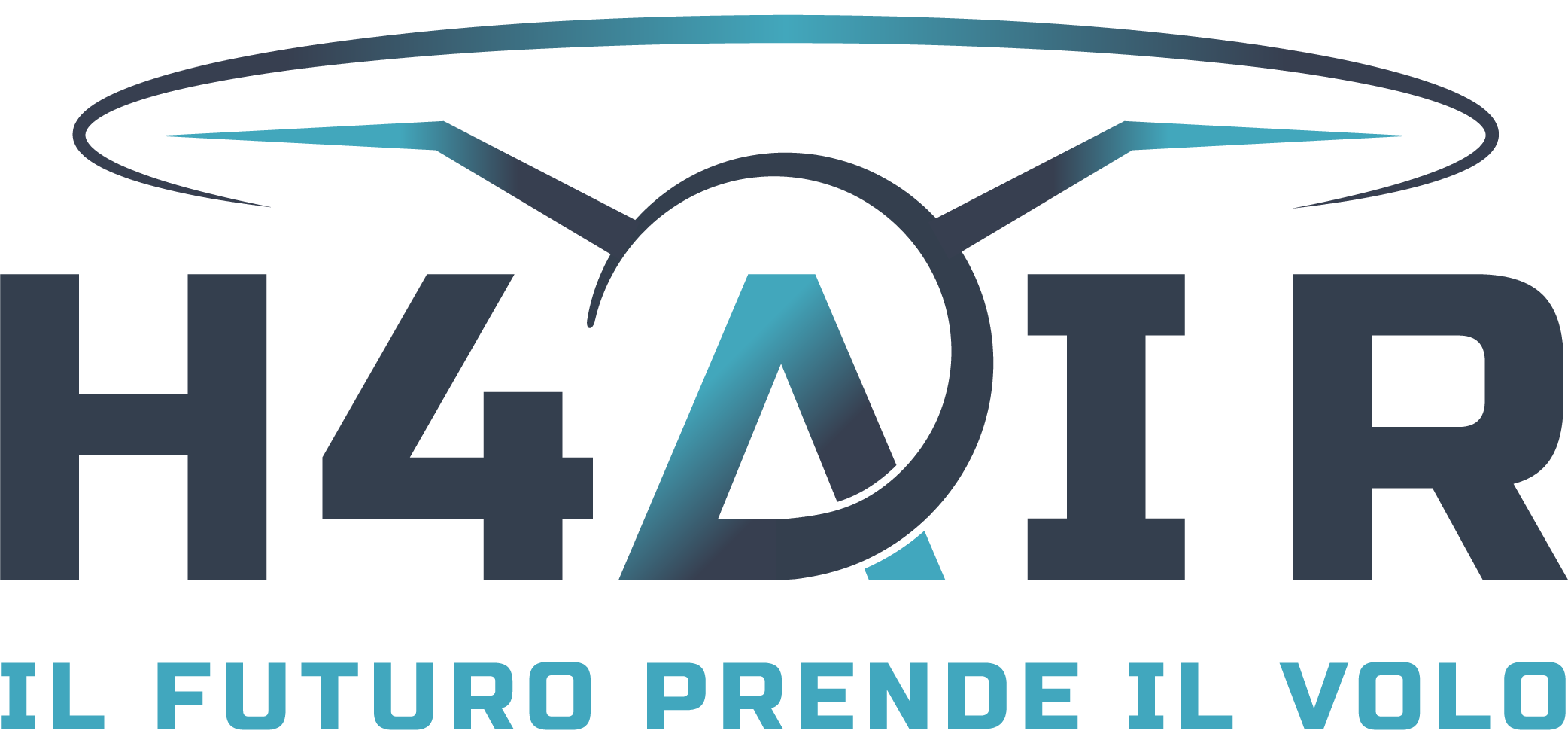The Case of Lake Como Area
Lake Como, aside from being a place of great tourist and scenic charm, represents a microcosm of intense entrepreneurial activity. However, the unique morphology of the Larian territory, which does not allow for the construction of major thoroughfares and features hilly locations in mountainous slopes, makes conventional transportation slow and inefficient.
The current scenario for transporting biomedical or emergency materials across Lake Como is primarily represented by road vehicles, ferries, and helicopters in case of emergencies.
Ferry transport is undoubtedly safe, although not fast. Moreover, from an environmental perspective, traditional lake navigation involves the use of fossil fuels that inevitably end up in the lake waters.
The adoption of drones would bring significant advantages. Firstly, it would expedite the delivery of goods. Secondly, it would reduce pollution caused by ship exhausts and the amount of gasoline dispersed in the lake waters, constituting a significant ecological improvement.
In the healthcare sector, it is estimated that the use of drones can have a strong impact, both in responding to emergencies and in territorial control. The rapid movement of medical equipment from one shore to another of the lake would allow for timely assistance in the case of an accident or emergency. Unlike helicopters, which are often used in every situation of a severe health emergency where timing in the first aid phase is crucial, drones would have significant advantages.

Considering the inherent construction nature of drones, it is estimated that intervention and response times are faster. Furthermore, the compact size of the aircraft allows for the establishment of regulatory vertiports that can operate 24/7, even in areas with limited surface area, strategically located in locations along the entire coastal perimeter.
In this way, a network of infrastructure connected to healthcare facilities would be established, capable of intervening promptly and effectively throughout the territory.
This study, conducted with the Lake Como area in mind, demonstrates how the introduction and integration of drones into mobility and transportation systems can also be applied in challenging locations and, why not, extended to the entire Italian territory.
Telemedicine with Drones
In addition to emergency situations, the use of drones in healthcare can also have positive implications in the field of telemedicine, which is a combination of medical and computer techniques that enable the remote care of patients. Small drones equipped with internet connectivity and cameras can be used within homes to facilitate audio-visual communication between doctors and patients or to transport medications and/or medical aids. This new approach could be crucial, for instance, in reaching patients located in rural, mountainous, remote, or temporarily inaccessible areas due to extraordinary events such as landslides, earthquakes, floods, and so on.
Even from a cost perspective, the expenses are modest. Medical equipment and medications to be transported are not very heavy, so even with drones currently available on the market, effective distribution would be feasible. Costs for designated takeoff and landing areas for drones are also estimated to be low, as apart from providing highly visible lighting and constructing electric charging towers, no significant expenditures are reported. As for the timeline, the use of drones in healthcare is expected to become a reality within a short span, typically within 3 to 5 years.
LUXSOLAR, a brand of the C&E GROUP known for the production of obstacle warning lights for aviation and lighting for airports and heliports, has prepared complete systems for signaling and nighttime illumination of vertiports to support the advanced mobility sector in the healthcare/medical field. Visit www.luxsolar.com for more information.
